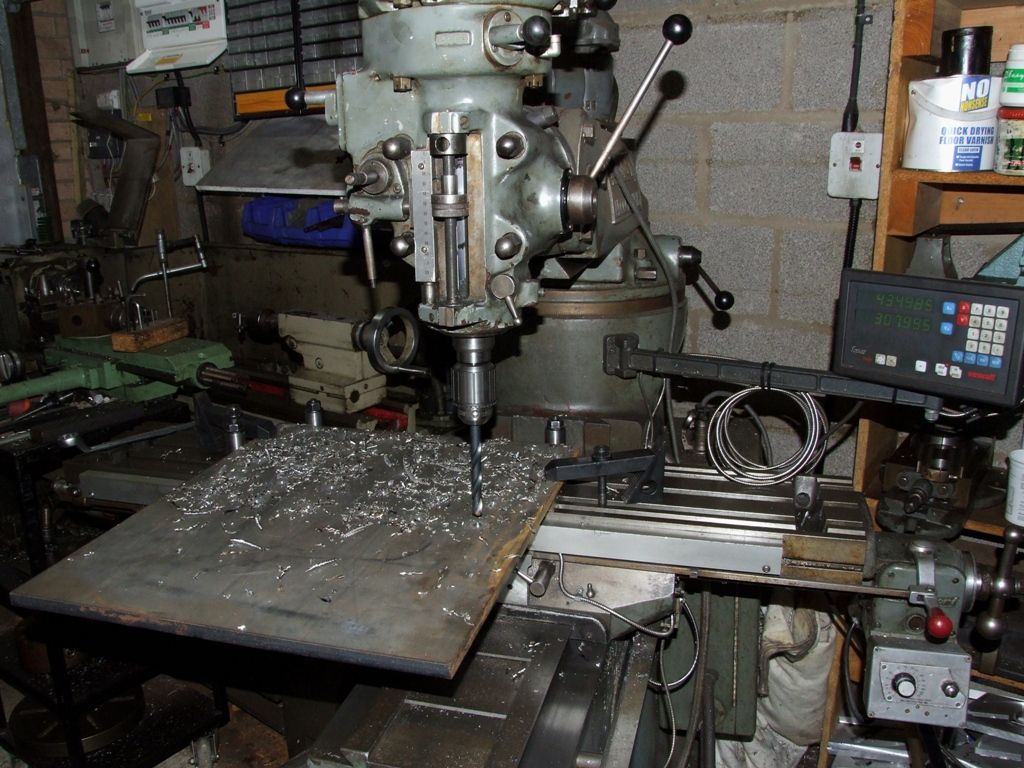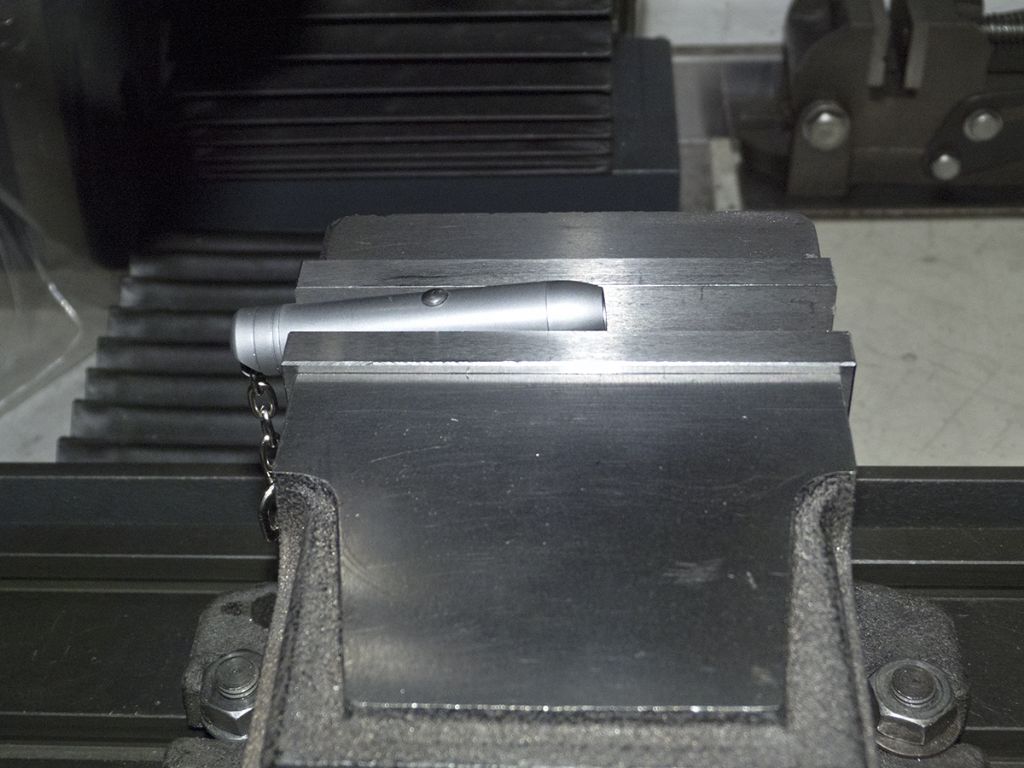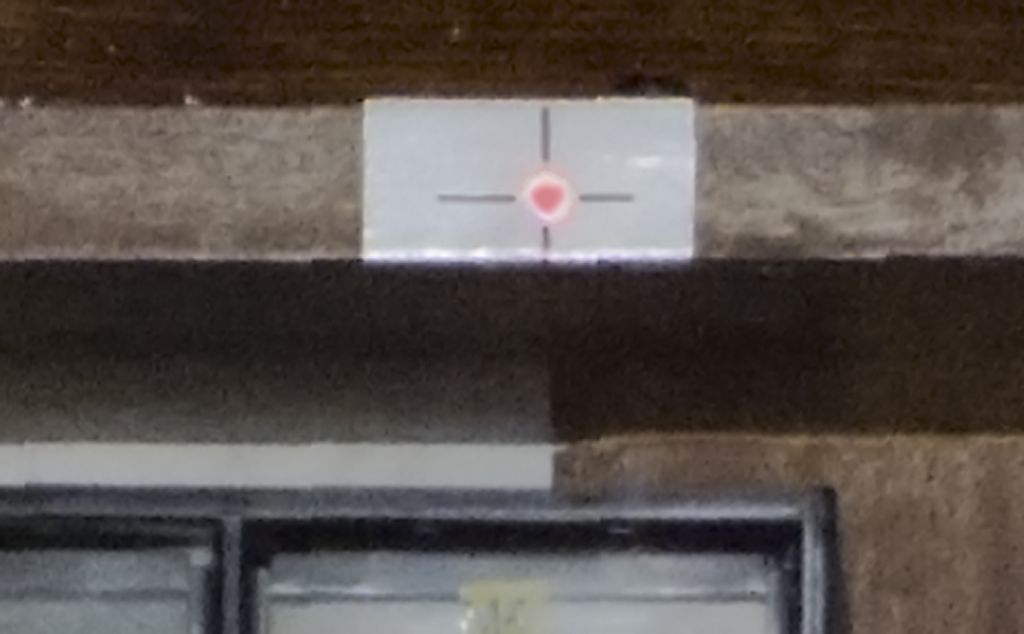Any tips for aligning mill vice / workpieces?
Any tips for aligning mill vice / workpieces?
- This topic has 23 replies, 14 voices, and was last updated 17 May 2021 at 10:06 by
mechman48.
Viewing 24 posts - 1 through 24 (of 24 total)
Viewing 24 posts - 1 through 24 (of 24 total)
- Please log in to reply to this topic. Registering is free and easy using the links on the menu at the top of this page.
Latest Replies
Viewing 25 topics - 1 through 25 (of 25 total)
-
- Topic
- Voices
- Last Post
Viewing 25 topics - 1 through 25 (of 25 total)
Latest Issue
Newsletter Sign-up
Latest Replies
- Angle grinder woes
- Bosch PBD 40 bearing upgrade
- After all these years … I fell for a scam :(
- Square end on round stock – Milling?
- Chester Champion, warco ZX15 drawbar
- How many spokes do I really need?
- Boiler Design – issue 4765
- Hi, new member from Liphook,Hants
- A grasshopper of unknown vintage
- Old plastic handled screwdrivers




![20210514_151142[1].jpg 20210514_151142[1].jpg](/wp-content/uploads/sites/4/images/member_albums/44290/894011.jpg)
![20210514_151319[1].jpg 20210514_151319[1].jpg](/wp-content/uploads/sites/4/images/member_albums/44290/894012.jpg)
![20210514_151351[1].jpg 20210514_151351[1].jpg](/wp-content/uploads/sites/4/images/member_albums/44290/894013.jpg)





